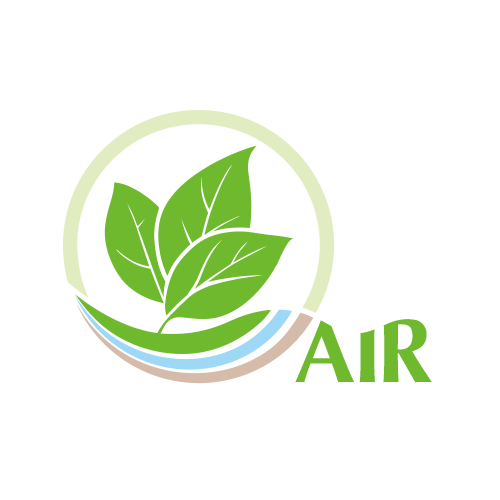Introducing Phytophthora-Exclusionary BMPs

It is critical that plant materials used for habitat restoration do not introduce plant pathogens to a site. Introduced pathogens not only reduce the survivorship and success of plantings, but can spread to and adversely affect other native vegetation. Instead of restoring habitat, this can result in a permanent degradation of the site’s ability to support native vegetation. Due to their ability to infect many host species and thrive under nursery conditions, Phytophthora species pose a serious challenge for restoration nurseries.
Because Phytophthora proliferates readily under nursery environments, it is necessary to fully exclude these pathogens from nursery stock. It is possible to fully exclude soil-borne Phytophthora species from nursery stock by ensuring that all production inputs (potting media, plant propagules, containers, water) are free of contamination and by following practices that ensure that they remain clean through the production process.
Start Clean, Stay Clean
The AIR program is based on the use of comprehensive, highly effective best management practices (BMPs) that are designed to fully exclude Phytophthora. These specific Nursery Phytophthora BMPs (NPBMPs) follow a “systems approach” for disease management. The risks of introducing or spreading Phytophthora are evaluated for all the steps and components involved in the production of nursery stock. By following the practices in the NPBMPs, nurseries can consistently exclude Phytophthora from the production system and produce Phytophthora-free stock. The NPBMPs include standards for minimum bench height, use of heat-treated potting media, effective disinfestation of used trays and pots, seed and cutting collection practices to minimize risk of Phytophthora infection (see Phytosanitary Tiers for more information), strategic plant testing, and many other measures.
Although the list of practices in the NPBMPs is very comprehensive, they are all based on six basic rules of thumb to prevent Phytophthora contamination, all following the fundamental principle, "Start Clean, Stay Clean" (See Basics: Producing nursery plants free of soilborne Phytophthora. Table 2 ).
Across multiple years, nurseries in the AIR program that fully comply with the NPBMPs have consistently produced plants free of any detectable Phytophthora (Swiecki et al. 2021).
These Nursery Phytophthora Best Management Practices were written and developed by Dr. Ted Swiecki, Phytosphere Research and the Phytophthoras in Native Habitats Working Group. The BMPs were adopted for AIR by Dr. Ted Swiecki, Phytosphere Research.
